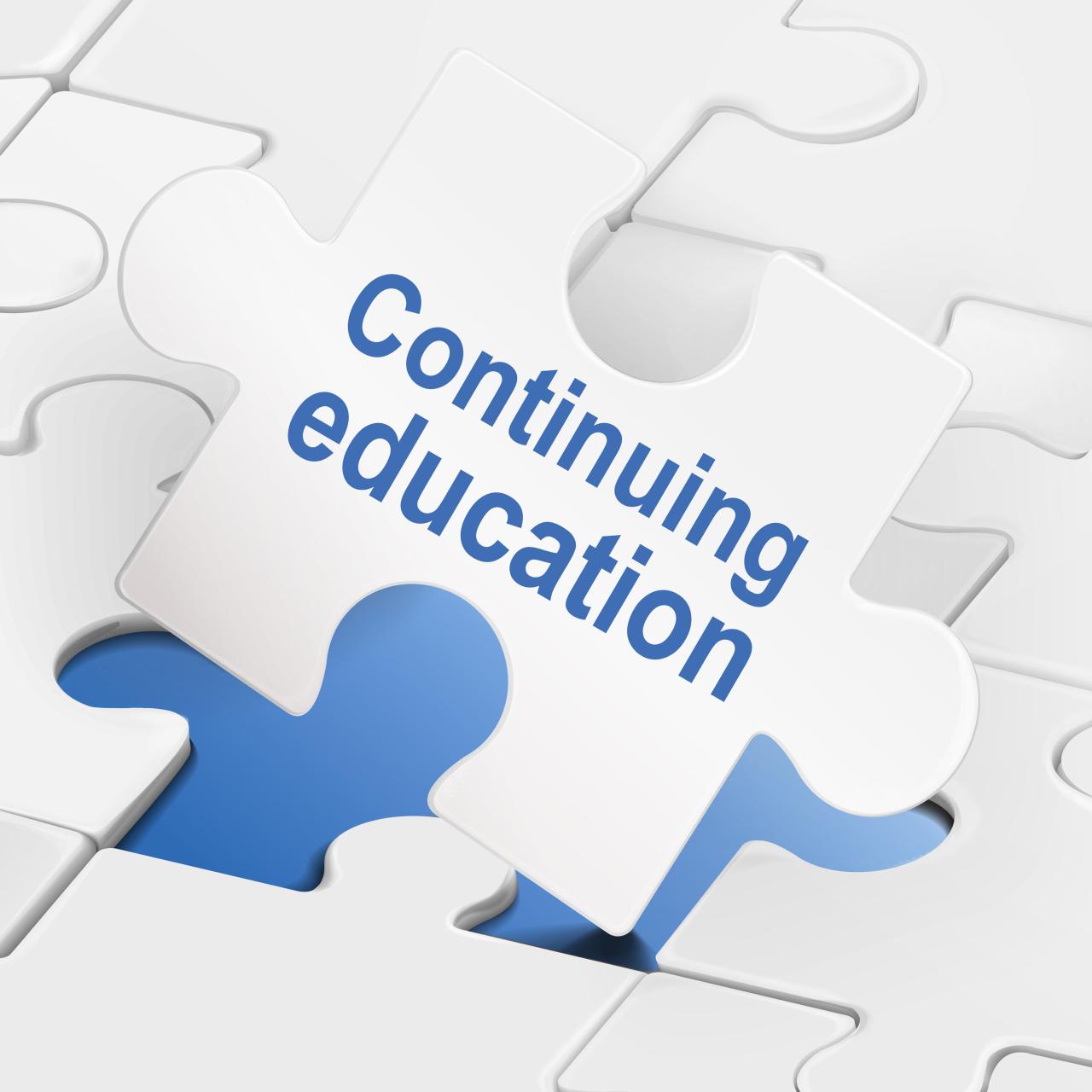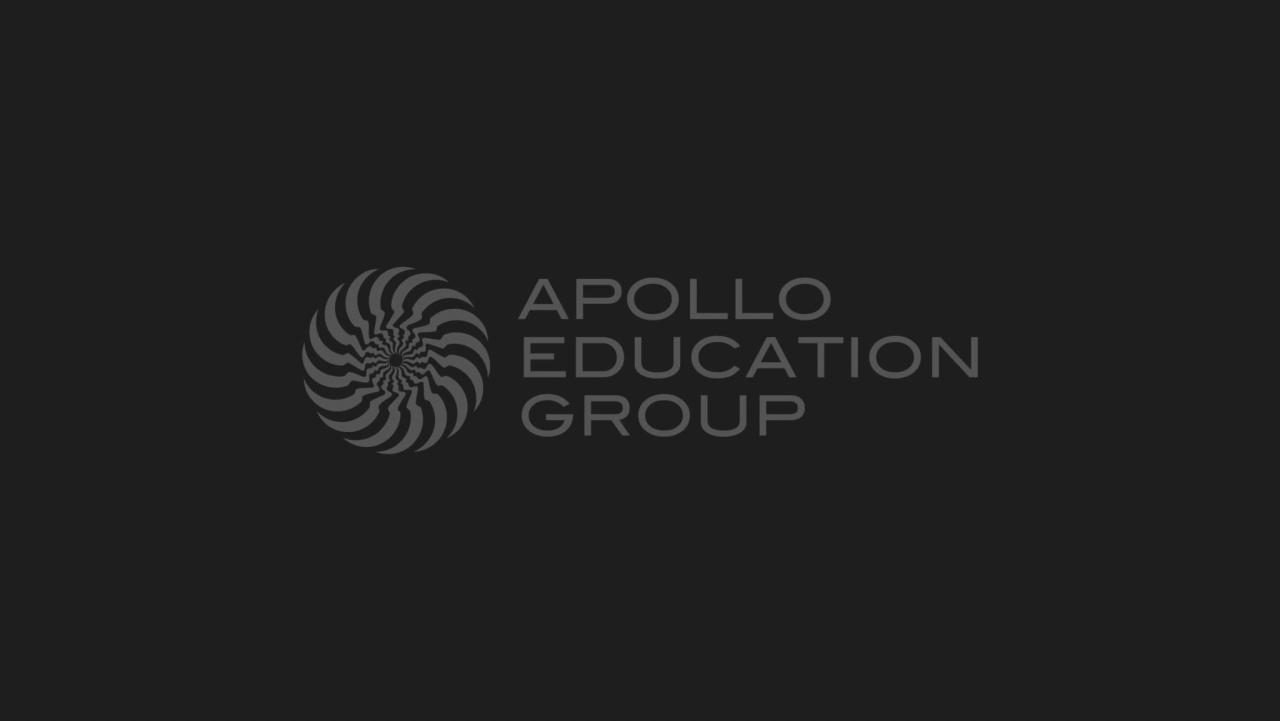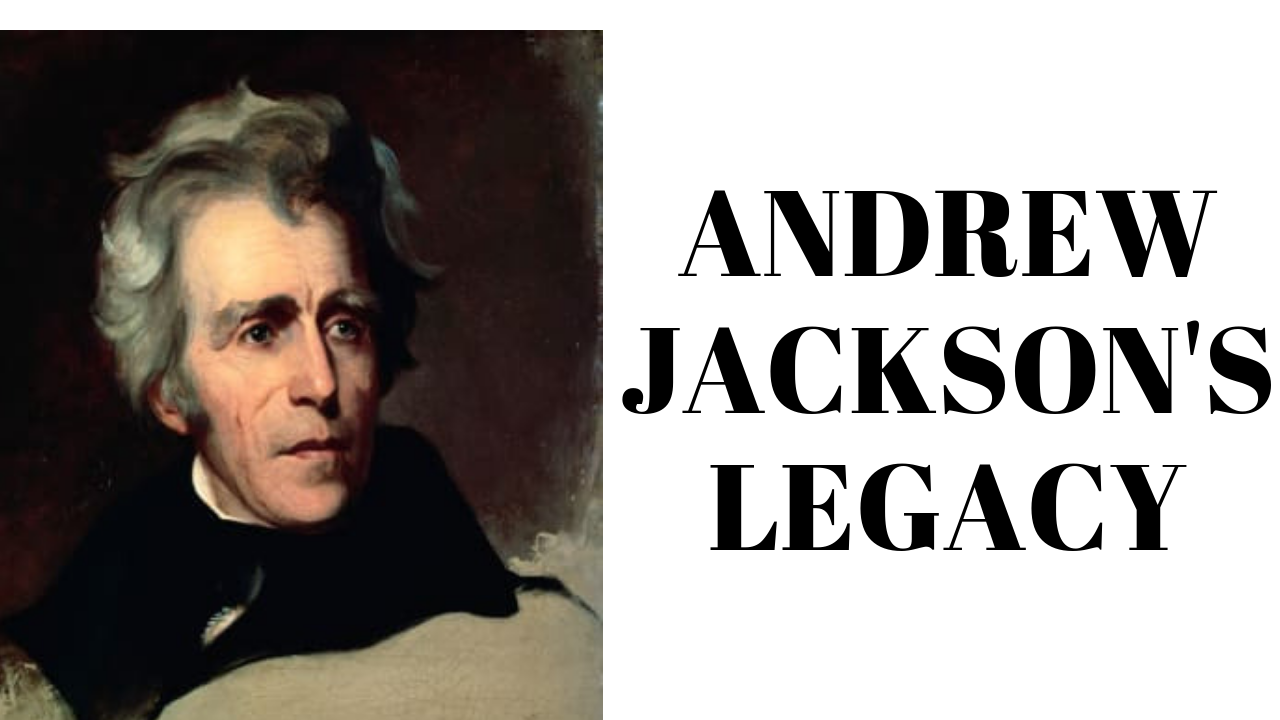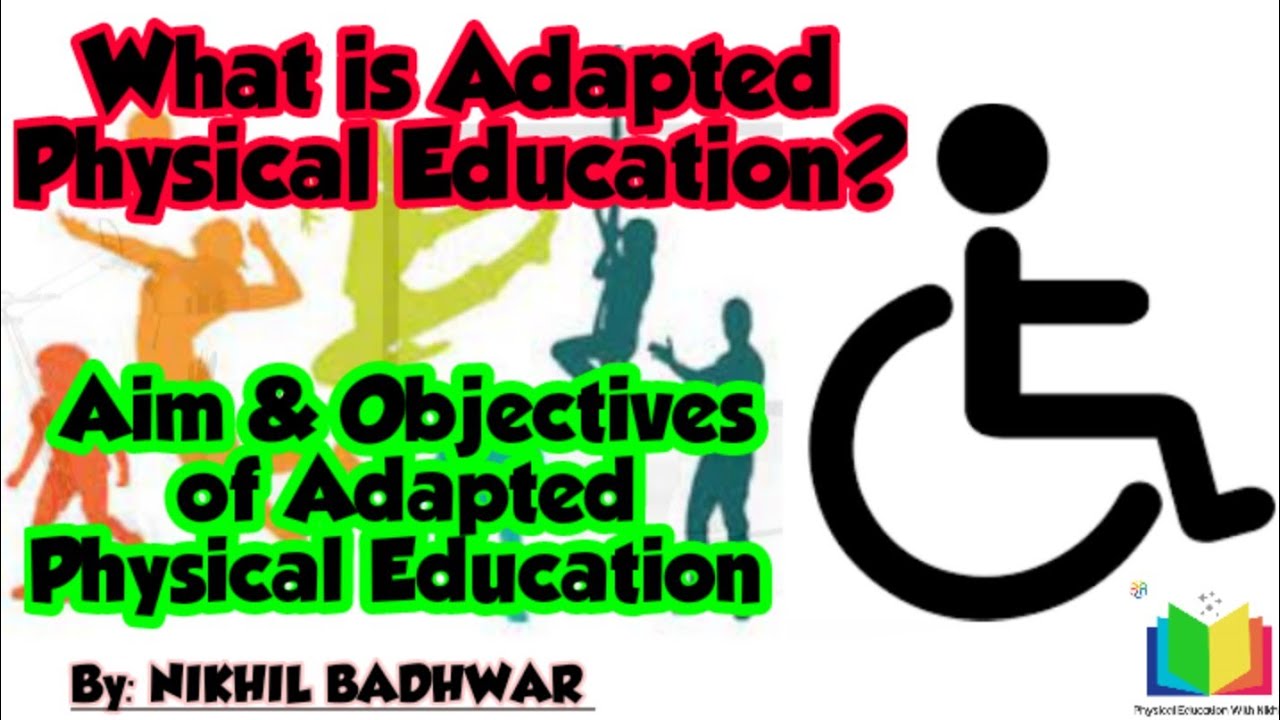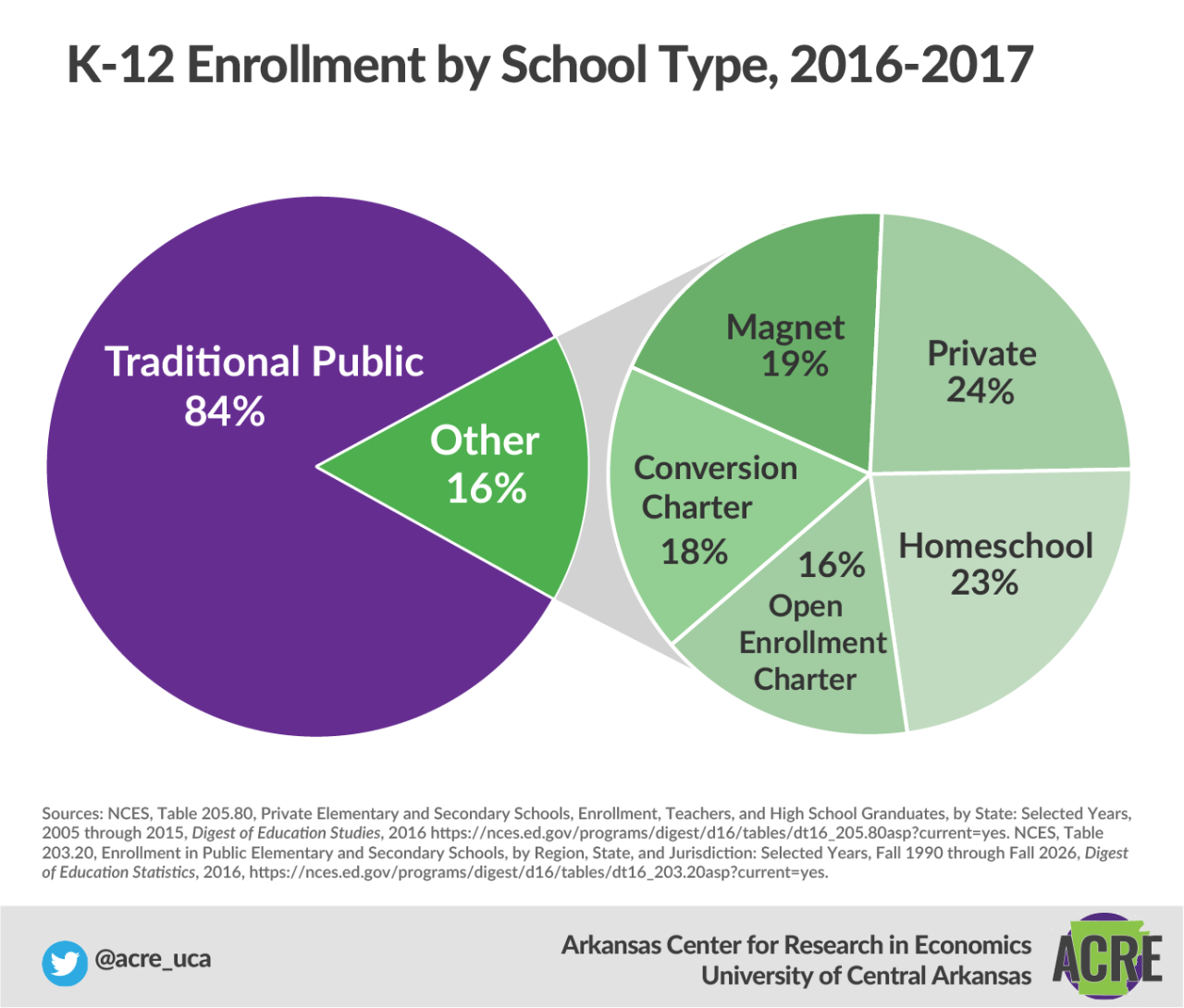The American education system is a complex and ever-evolving entity, shaped by historical events, social movements, and changing societal needs. From its early roots in colonial times to the present day, the system has undergone significant transformations, reflecting the nation’s values and aspirations.
This journey through the American education system explores its historical context, structure, curriculum, challenges, and future possibilities.
This exploration will delve into the various levels of education, from preschool to higher education, examining the different philosophies and practices that have influenced teaching and learning. We’ll also discuss the challenges facing the system, such as funding, teacher shortages, and access to quality education for all students.
Finally, we’ll consider emerging trends and innovations that are shaping the future of education in the United States.
Historical Context
The American education system has evolved over centuries, reflecting societal changes, political ideologies, and economic priorities. Its journey has been marked by both progress and challenges, shaping the nation’s educational landscape and its impact on individuals and society.
Early Beginnings and the Rise of Public Education
The roots of American education can be traced back to the colonial era, where education was primarily the responsibility of religious institutions and private schools. The early focus was on religious instruction and preparing students for civic life. However, the concept of universal public education gained momentum in the 19th century, fueled by the ideals of democracy and the belief that education was essential for a thriving society.
- The establishment of the Common School Movementin the mid-19th century, championed by figures like Horace Mann, advocated for free and universal public education for all children, regardless of background.
- The Land Grant College Act of 1862played a crucial role in expanding access to higher education by establishing land-grant colleges in each state, focusing on practical skills and agricultural education.
The Civil Rights Movement and the Fight for Equity
The Civil Rights Movement of the mid-20th century brought to light the persistent inequities in American education, particularly for African Americans and other marginalized groups. This period witnessed a struggle for equal access to quality education and the dismantling of segregation in schools.
- The landmark Brown v. Board of EducationSupreme Court decision in 1954 declared racial segregation in public schools unconstitutional, marking a turning point in the fight for educational equity.
- The Civil Rights Act of 1964prohibited discrimination based on race, color, religion, sex, or national origin, including in education, further bolstering efforts to ensure equal access and opportunities for all students.
The No Child Left Behind Act and the Rise of Standardized Testing
The No Child Left Behind Act (NCLB) of 2001 aimed to improve educational standards and accountability, particularly for disadvantaged students. This act introduced standardized testing as a key measure of school performance, with consequences for schools that did not meet certain benchmarks.
- NCLB emphasized accountabilitythrough standardized testing, with schools facing sanctions for failing to meet performance targets.
- The act also introduced school choiceprovisions, allowing parents to transfer their children to other schools if their current school was underperforming.
Shifting Educational Philosophies and Practices
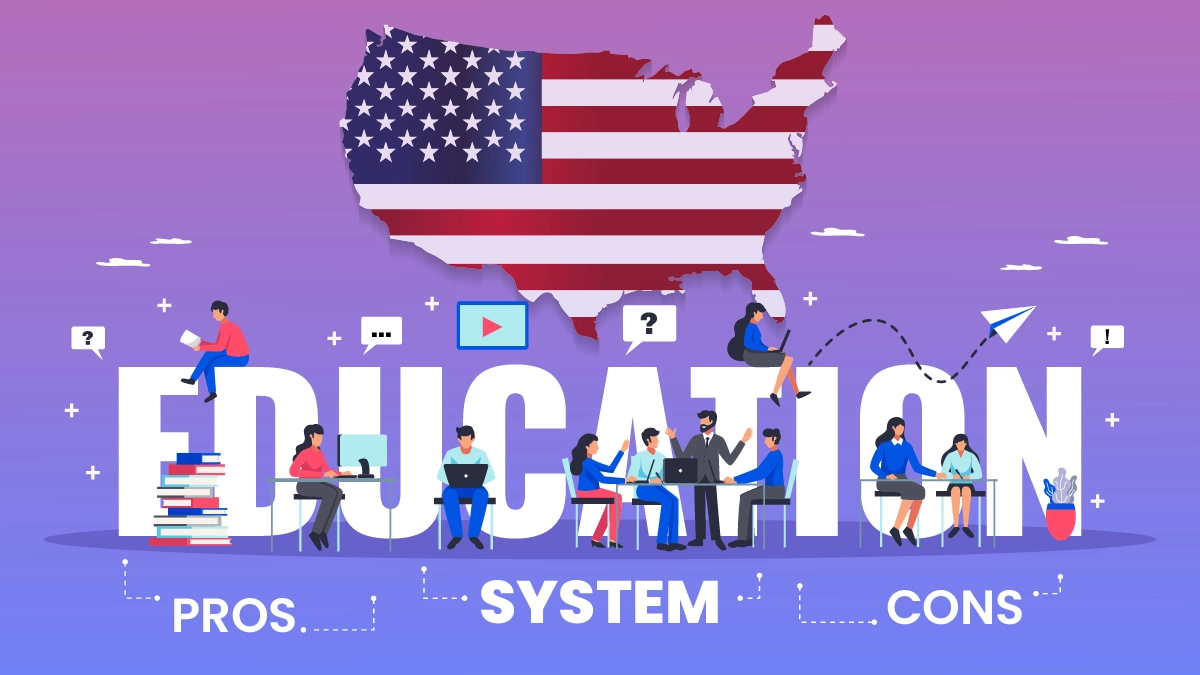
The American education system has witnessed shifts in educational philosophies and practices over time. From the traditional focus on rote learning and memorization to more student-centered approaches emphasizing critical thinking, creativity, and problem-solving, the system has adapted to evolving societal needs and technological advancements.
- The Progressive Era(late 19th and early 20th centuries) saw a shift towards more child-centered approaches, emphasizing hands-on learning, experiential education, and individual needs.
- The back-to-basics movementof the 1970s and 1980s emphasized core academic subjects and traditional teaching methods, aiming to address concerns about declining academic standards.
Structure and Organization: American Education System
The American education system is structured hierarchically, with distinct levels of education, each serving a specific purpose and catering to different age groups. This structure ensures a gradual progression of learning and development, preparing students for the next stage of their educational journey.
Levels of Education
The American education system encompasses several levels, each with its unique curriculum, pedagogy, and goals.
- Preschool:This level provides early childhood education for children aged 3-5, focusing on social, emotional, and cognitive development, preparing them for kindergarten.
- Elementary School:This level, typically for children aged 5-11, provides foundational education in core subjects like reading, writing, math, science, and social studies.
- Middle School:This level, typically for children aged 11-14, provides a transition between elementary and high school, introducing more advanced subjects and preparing students for higher education.
- High School:This level, typically for students aged 14-18, offers a more specialized curriculum, including advanced courses, electives, and vocational training, preparing students for college or careers.
- Higher Education:This level includes colleges and universities, offering undergraduate and graduate degrees in various disciplines, providing advanced knowledge and skills for professional careers and further research.
Governance and Funding, American education system
The governance and funding of public and private schools in the United States vary, reflecting the decentralized nature of the educational system. Public schools are funded primarily through local property taxes, supplemented by state and federal funds, while private schools rely on tuition fees, donations, and endowments.
- Public Schools:These schools are governed by local school boards, which are elected by the community and responsible for overseeing the school district’s operations, budget, and curriculum. State governments also play a role in setting educational standards, providing funding, and ensuring accountability.
- Private Schools:These schools are independent of government control and operate on their own funding sources. They have greater autonomy in setting curriculum, hiring teachers, and determining admissions criteria. Private schools often have a religious affiliation or a specific educational philosophy.
Curriculum and Pedagogy
The curriculum and pedagogy employed in American schools vary across levels and institutions, reflecting diverse educational philosophies and approaches. While core subjects remain common, the specific content, teaching methods, and learning objectives may differ depending on the school’s goals and the students’ needs.
Core Subjects and Learning Objectives
American schools typically focus on core subjects, which provide foundational knowledge and skills for students. These subjects include:
- Language Arts:This subject encompasses reading, writing, speaking, and listening skills, developing students’ communication abilities and critical thinking.
- Mathematics:This subject focuses on developing students’ numeracy skills, problem-solving abilities, and understanding of mathematical concepts.
- Science:This subject explores the natural world, scientific inquiry, and the principles of biology, chemistry, physics, and earth science.
- Social Studies:This subject encompasses history, geography, civics, and economics, fostering students’ understanding of society, culture, and the world around them.
Pedagogical Approaches
American schools utilize a range of pedagogical approaches, each emphasizing different learning styles and methods. Some common approaches include:
- Traditional Instruction:This approach relies on teacher-led lectures, textbook-based learning, and rote memorization, focusing on transmitting knowledge and skills to students.
- Constructivist Learning:This approach emphasizes active learning, problem-solving, and hands-on experiences, encouraging students to construct their own knowledge through exploration and interaction.
- Inquiry-Based Learning:This approach encourages students to ask questions, investigate problems, and conduct research, fostering critical thinking and problem-solving skills.
Innovative Teaching Methods and Classroom Practices
American educators are constantly exploring and implementing innovative teaching methods and classroom practices to enhance student engagement, personalize learning, and prepare students for the 21st-century workforce. Some examples include:
- Technology Integration:Incorporating technology in the classroom, such as interactive whiteboards, educational software, and online learning platforms, to enhance learning experiences and provide access to diverse resources.
- Project-Based Learning:Engaging students in long-term projects that require them to apply knowledge and skills in real-world contexts, fostering collaboration, problem-solving, and critical thinking.
- Differentiated Instruction:Tailoring instruction to meet the diverse needs and learning styles of students, ensuring that all students have access to challenging and engaging learning experiences.
Closure
The American education system is a dynamic and multifaceted entity, constantly adapting to the evolving needs of society. As we look to the future, it is crucial to address the challenges facing the system and embrace the potential of emerging trends.
By fostering a culture of innovation, equity, and access, we can create an educational landscape that empowers all students to reach their full potential and contribute to a brighter future for our nation.


